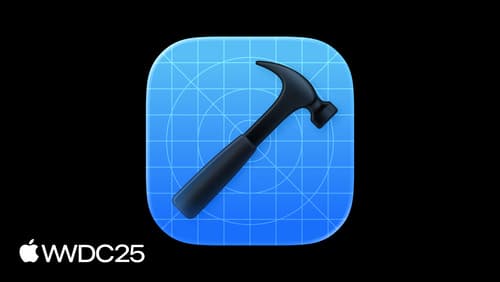app startup time optimisations
Asked on 2025-06-13
1 search
To optimize app startup time, Apple provides several tools and techniques discussed in various WWDC sessions. Here are some key points:
-
Xcode Recommendations: In the session "What’s new in Xcode," it was mentioned that Xcode provides metric recommendations for app launch time. For example, if your app's launch time is measured at 564 milliseconds, Xcode might recommend aiming for 425 milliseconds. This gives developers a clear target to optimize towards. Xcode's build system improvements, such as enabling explicitly built modules for Swift code, can also help optimize the build pipeline, potentially reducing launch times. What’s new in Xcode (27:33)
-
SwiftUI Performance: In the session "Optimize SwiftUI performance with Instruments," it was noted that updates right after app launch might take longer as the system builds the app's initial view hierarchy. Optimizing view body updates and reducing unnecessary updates can enhance performance and improve startup times. Optimize SwiftUI performance with Instruments (15:10)
-
Debugging and Performance Tools: The session "What’s new in Xcode 16" highlights the use of Instruments to diagnose performance problems, including slow app launches. The Time Profiler instrument can visualize CPU usage and help identify long hangs during app launch. The new flame graph feature provides a high-level overview of trace execution, aiding in pinpointing performance bottlenecks. What’s new in Xcode 16 (09:10)
These sessions provide insights into tools and strategies for optimizing app startup time, leveraging Xcode's recommendations, and using Instruments for performance analysis.

What’s new in Xcode
Discover the latest productivity and performance advancements in Xcode 26. Learn how to leverage large language models in your development workflow. Explore editing and debugging enhancements, improved performance and testing tools, and Swift Build - the open-source build system engine used by Xcode.

Optimize SwiftUI performance with Instruments
Discover the new SwiftUI instrument. We’ll cover how SwiftUI updates views, how changes in your app’s data affect those updates, and how the new instrument helps you visualize those causes and effects. To get the most out of this session, we recommend being familiar with writing apps in SwiftUI.

Code-along: Bring on-device AI to your app using the Foundation Models framework
Develop generative AI features for your SwiftUI apps using the Foundation Models framework. Get started by applying the basics of the framework to create an awesome feature. Watch step-by-step examples of how to complement the models with tools you build, stream results, and apply further optimizations for great performance.
